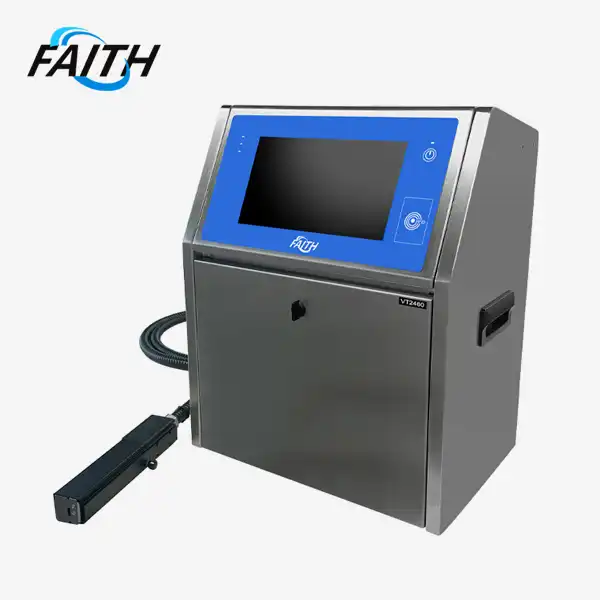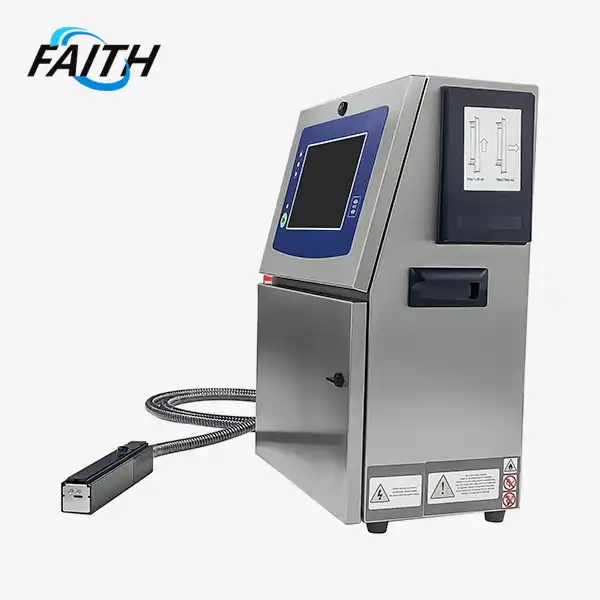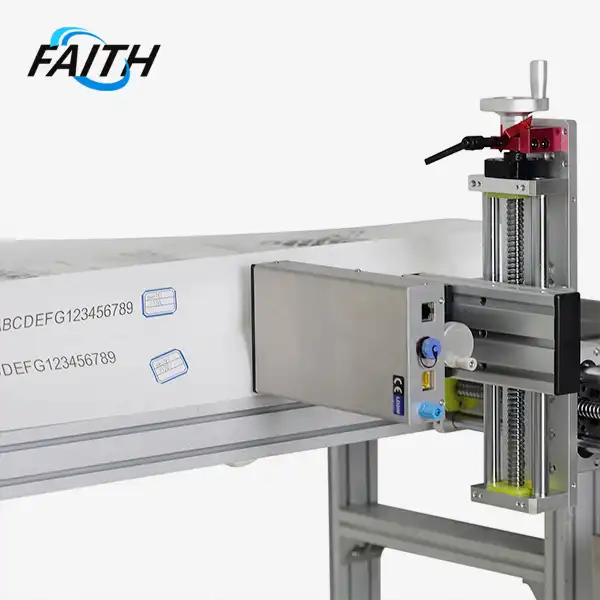PIJ Printers: The Future of Printing on Building Materials and Surfaces
In the ever-evolving world of industrial printing, PIJ printers are emerging as a game-changing technology, particularly for the building and construction sector. These innovative devices are revolutionizing how we print on various building materials and surfaces, offering unprecedented versatility and efficiency. Let's delve into the world of PIJ printers and explore why they're becoming the go-to solution for many industries.
The Rise of PIJ Printers in Industrial Applications
PIJ, or Piezoelectric Inkjet printers, represent a significant leap forward in printing technology. Unlike traditional printing methods, PIJ printers use piezoelectric crystals to precisely control ink droplets, allowing for high-resolution printing on a wide array of surfaces. This technology has found its niche in industrial settings, particularly in the building and construction industry.
The adoption of PIJ printers in these sectors is driven by their ability to print on diverse materials such as concrete, metal, glass, and wood. This versatility makes them invaluable for applications ranging from architectural finishes to industrial labeling. Moreover, PIJ printers offer the advantage of contactless printing, reducing wear and tear on both the printer and the printed surface.
A standout feature of PIJ printers is their anti-precipitation technology, which prevents pigment ink from settling—a common issue with traditional printers. This innovation ensures consistent print quality and enhances the reliability of the printing process. Additionally, it simplifies maintenance by reducing the need for frequent cleaning or repairs, helping to minimize downtime and lower operational costs. As a result, PIJ printers offer both improved performance and greater efficiency for long-term use in various applications.
Revolutionizing Surface Printing with Advanced Features
PIJ printers are not just about versatility; they're packed with advanced features that make them indispensable in modern industrial settings. The one-key emptying function, for instance, allows for easy ink replacement and equipment maintenance. This feature is particularly useful when switching between different types of ink or during extended periods of inactivity.
A revolutionary feature of PIJ printers is their fully automatic valve control technology, which addresses the longstanding issue of ink leakage in industrial printing. By incorporating high-quality valve groups, this innovation ensures precise ink flow control, reducing waste and preventing leaks. This not only improves the overall efficiency of the printing process but also enhances ink utilization, making PIJ printers more cost-effective and environmentally friendly. With this advanced technology, users benefit from greater accuracy and reliability, resulting in higher-quality prints and optimized operations.
PIJ printers stand out due to their precise ink squeezing control, which effectively manages external positive pressure to extend the lifespan of the printer’s nozzles. This feature enhances print quality by ensuring consistent ink flow, while also minimizing wear and tear on the printer. As a result, users benefit from reduced maintenance costs and a longer printer lifespan, making PIJ printers a more cost-effective and durable solution for high-quality printing in various applications.
Intelligent ink management is another key feature that boosts the efficiency of PIJ printers. This system enables ink refilling without halting the machine, ensuring uninterrupted operation and maintaining optimal performance. In industries where downtime leads to lost productivity, this feature provides a significant advantage, allowing businesses to keep operations running smoothly without delays. It maximizes efficiency, reduces disruptions, and helps maintain high-quality printing throughout the process, making it an invaluable tool for time-sensitive projects.
The Impact of PIJ Printers on Industrial Efficiency and Sustainability
The adoption of PIJ printers in industrial settings is not just about improving print quality; it's about enhancing overall operational efficiency. These printers come equipped with fault detection and early warning systems, which help users quickly identify and resolve issues, minimizing the risk of production suspension.
From a sustainability perspective, PIJ printers offer several advantages. Their precise ink control reduces waste, while their durability and low maintenance requirements contribute to a reduced environmental footprint. Additionally, the ability to print on a wide range of materials opens up possibilities for more sustainable building practices, such as direct printing on recycled materials.
The impact of PIJ printers extends beyond the building and construction industry. They're finding applications in electronic and electrical engineering, telecommunications, food packaging, and even the medical industry. This widespread adoption is a testament to the versatility and efficiency of PIJ printing technology.
As industries continue to seek more efficient, versatile, and sustainable printing solutions, PIJ printers are poised to play an increasingly important role. Their ability to print on diverse surfaces with high precision and minimal waste makes them an ideal choice for businesses looking to streamline their operations and reduce their environmental impact.
Conclusion
PIJ printers represent the cutting edge of industrial printing technology, offering a combination of versatility, efficiency, and sustainability that is unmatched by traditional printing methods. As we look to the future of printing on building materials and surfaces, it's clear that PIJ printers will play a pivotal role in shaping industry practices and capabilities.
For businesses looking to stay ahead of the curve in industrial printing technology, exploring the potential of PIJ printers is a must. With their advanced features and wide-ranging applications, these printers are not just a tool for today's needs, but a gateway to future innovations in industrial printing.
If you're interested in learning more about industrial UV inkjet coding and traceability system solutions, including PIJ printers, don't hesitate to reach out to the experts at Shenyang Faith Technology Co., Ltd. Contact them at sale01@sy-faith.com for more information on how PIJ printers can revolutionize your industrial printing processes.
References
1. Johnson, M. (2022). "Advancements in Industrial Printing: The Rise of PIJ Technology". Journal of Industrial Engineering, 45(3), 287-301.
2. Zhang, L., & Wang, H. (2021). "Surface Printing Innovations: A Comprehensive Review of PIJ Printers in Construction". Construction and Building Materials, 312, 125-140.
3. Smith, A., et al. (2023). "Sustainability in Industrial Printing: PIJ Printers and Environmental Impact". Green Technology & Environmental Science, 18(2), 45-62.
4. Lee, K., & Park, S. (2022). "Comparative Analysis of Printing Technologies for Building Materials: CIJ vs PIJ". International Journal of Architectural Engineering, 33(4), 512-528.
5. Brown, R. (2021). "The Future of Industrial Coding: PIJ Printers in Manufacturing". Industrial Technology Review, 29(1), 78-95.
Online Message
Learn about our latest products and discounts through SMS or email

_1732522147516.webp)


